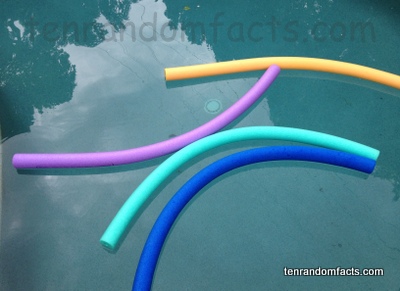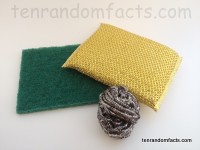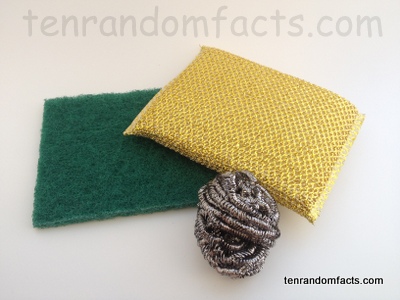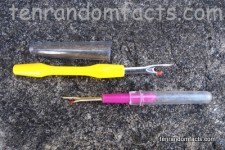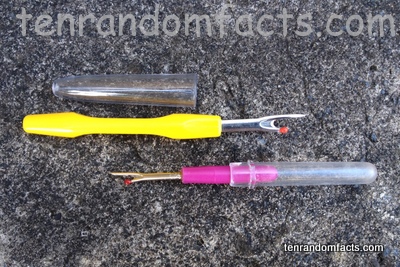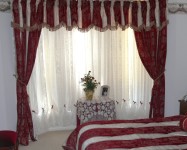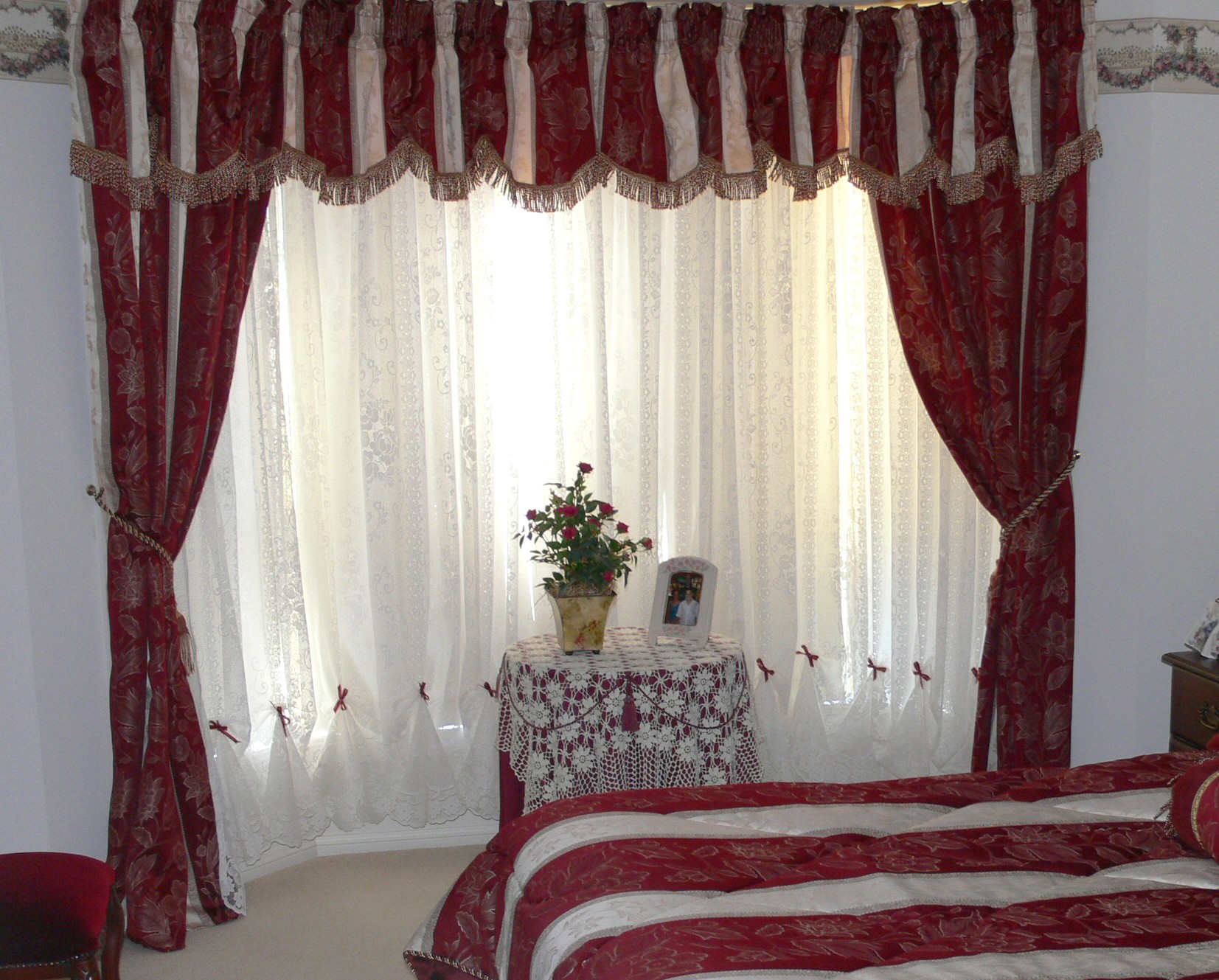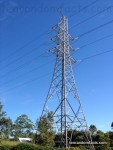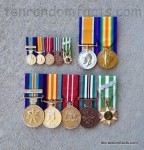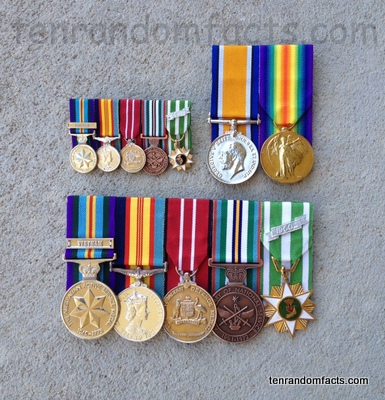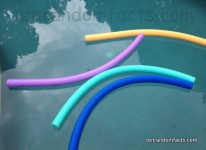
Pool noodles… a toy for the pool.
- Pool noodles are lightweight inventions for use in water for both play and supportive purposes.
- ‘Pool noodles’ are also known as ‘water logs’, ‘woggles’, ‘noodles’ and ‘water woggles’.
- Pool noodles are made of foam, most often polyethylene based; and they are often flexible enough to be bent, and they float in water.
- Pool noodles are often hollow, which can allow for several to be connected together, using specified objects.
- The standard length of a pool noodle is approximately 160 centimetres (5.25 feet), and as it is cylindrical in shape, the diameter is 7 centimetres (2.7 inches).
- Due to the invention’s buoyancy, pool noodles are commonly used as flotation support in water, often when the user cannot swim, however they are not to be used without supervision, as they are not a life saving device and are classified as a ‘toy’.
- Pool noodles are believed to have been first made and invented by Steve Hartman from Industrial Thermal Polymers in Canada’s Ontario, in the early 1980s, however Rick Koster from the same province in Canada, also claims to have been the first to have invented the toy, around the same time, although neither patented the invention.
- Pipes can be surrounded with a pool noodle as a cheap, but practical insulator; and they have also been used as part of yard games and other purposes.
- Pool noodles have their origins as backer rods, that fill gaps in building constructions, but they were soon adapted for use as a toy in the pool, by adding colour, and they are now available in a wide variety of bright colours, that are easily spotted in water.
- The terms ‘water woggle’ and ‘pool noodle’ are derived from some of the first brands, ‘Water Woggle’ and ‘FunNoodle’ respectively.
Bibliography:
Osborne R, Uncovering the History of the Pool Noodle : Meet the Inventor, 2012, Water Crunch, http://watercrunch.com/2012/08++++/pool_noodle/
Pool Noodle, 2014, Wikipedia, http://en.wikipedia.org/wiki/Pool_noodle





